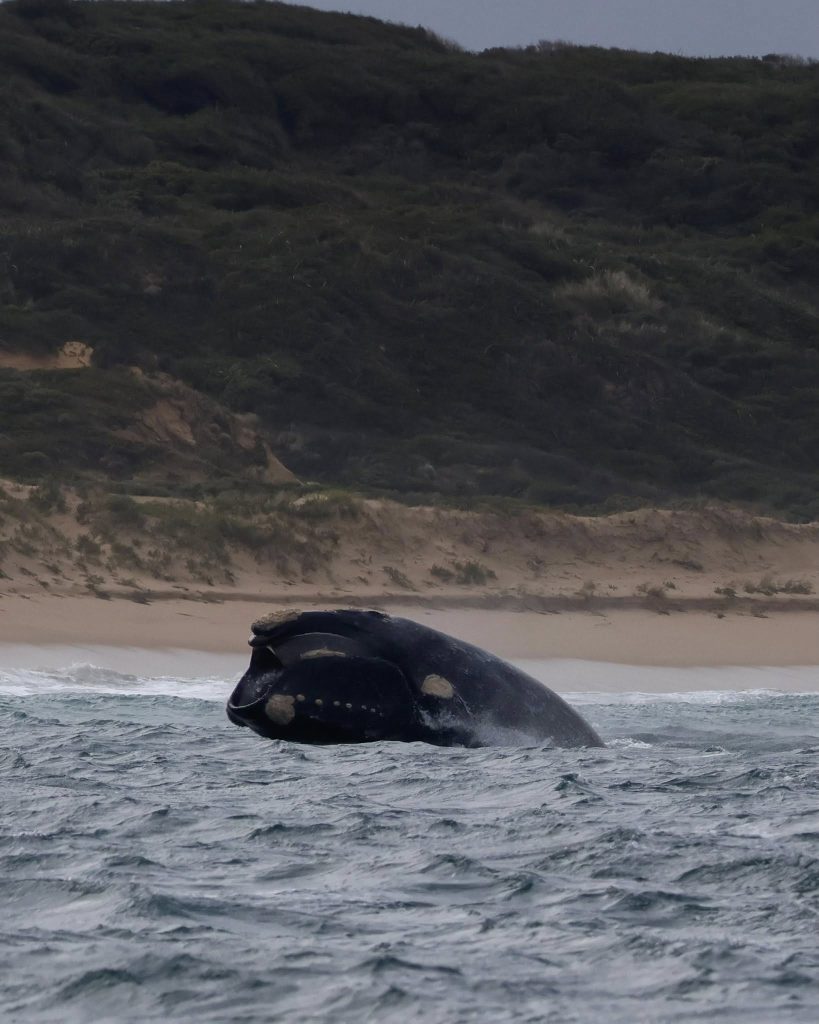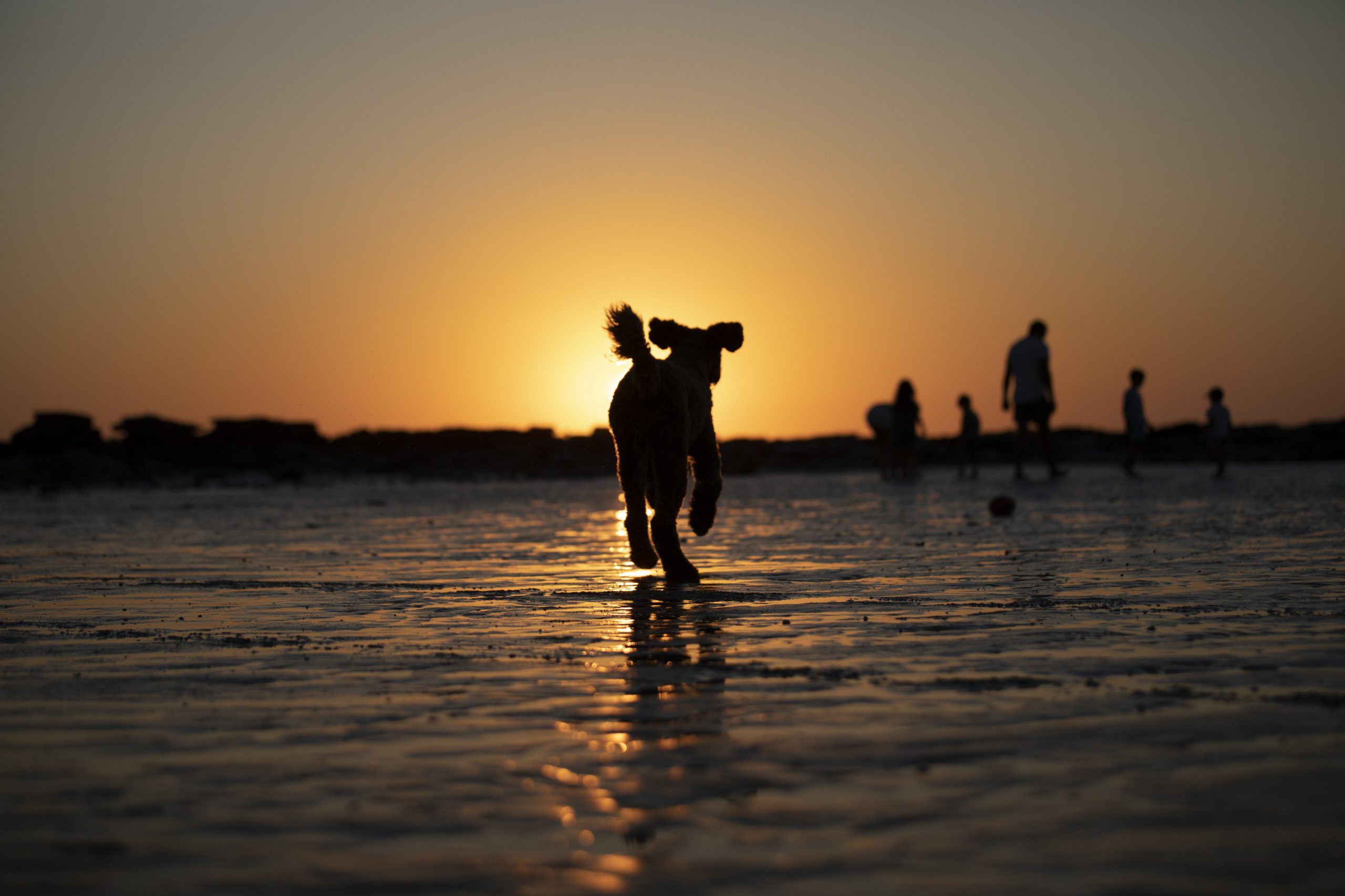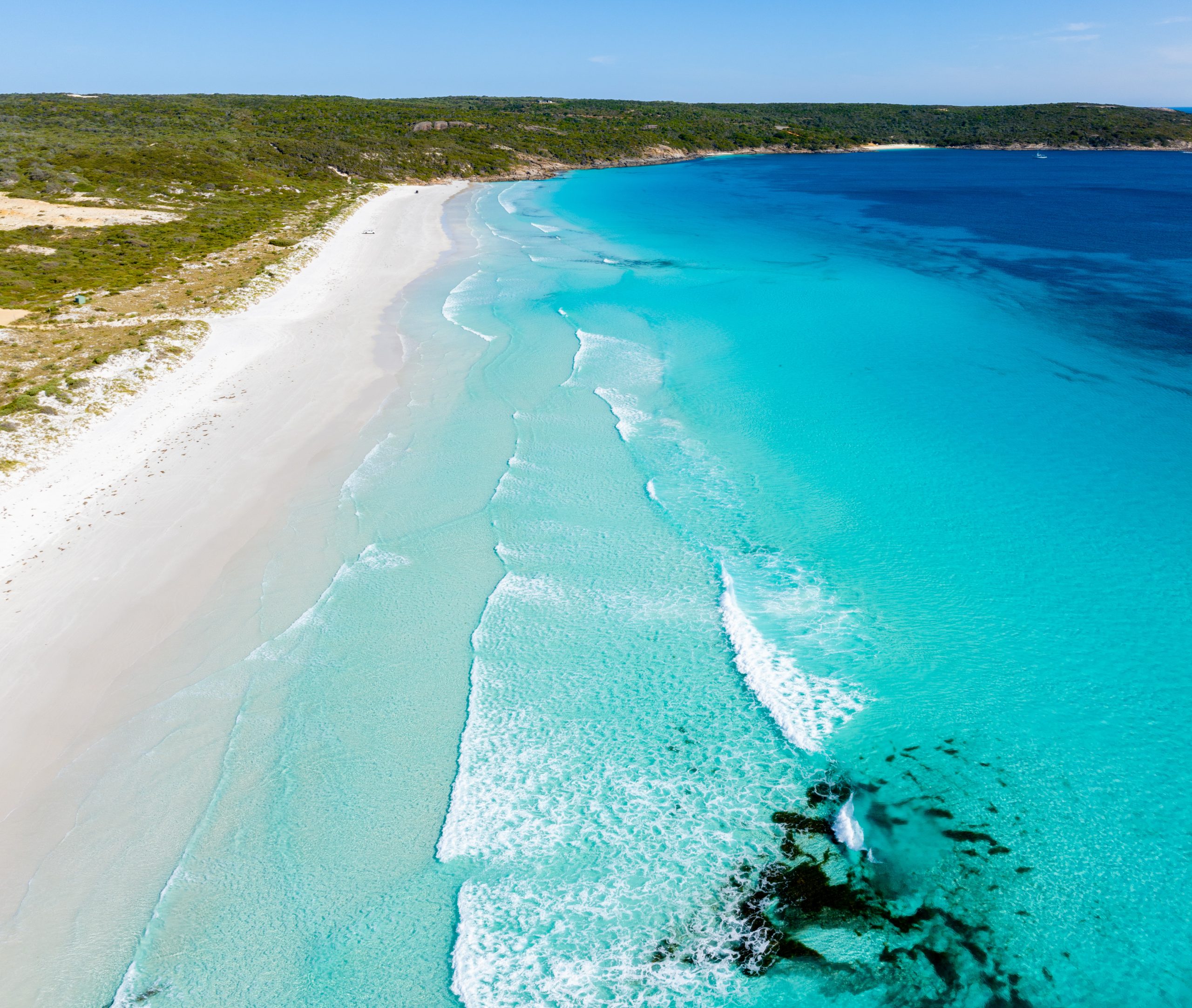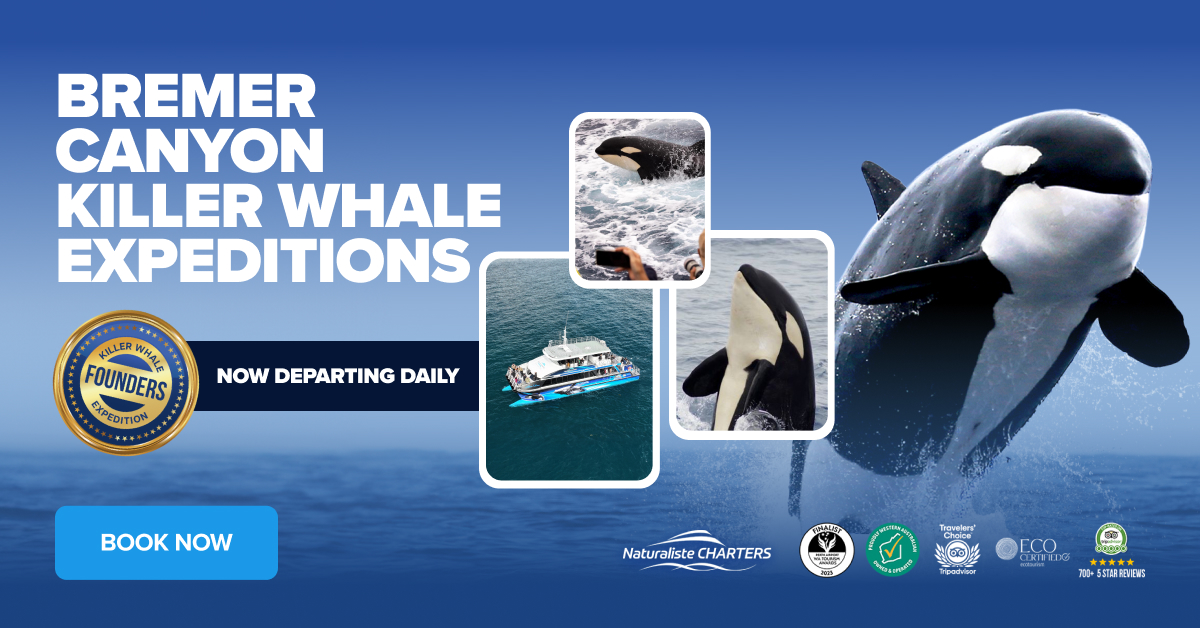The Mysterious Bumps: Discover the Real Story Behind Whale Callosities
When you watch a whale rise from the ocean, those rough white patches might catch your attention. These unusual features, known as callosities, are one of nature’s curiosities. Found mainly on right whales, callosities are more than just skin growths. They play a key role in identification, research, and even social interactions among whales. Each patch tells a story of the whale’s life and journey through the ocean.
What Are Callosities?
Callosities (pronounced kuh-LOSS-ih-teez) are patches of thickened skin formed from keratin, the same protein that builds human fingernails. They appear grey or dark beneath the surface, but often look white or pale because tiny organisms called cyamids—or whale lice—live on them. These creatures give callosities their distinctive colour and texture. The pattern of callosities develops before birth and stays the same throughout the whale’s lifetime, allowing scientists to identify individual whales from photographs.
Are Callosities the Same as Barnacles?
It’s a common misconception that the rough patches on a whale’s head are barnacles. In truth, these features are callosities—toughened skin unique to right whales. The pale colour comes from small crustaceans called cyamids, often mistaken for barnacles. While humpback whales frequently carry barnacles on their bodies, right whales host cyamids instead. These tiny organisms create the whitish pattern that helps scientists identify each individual whale.
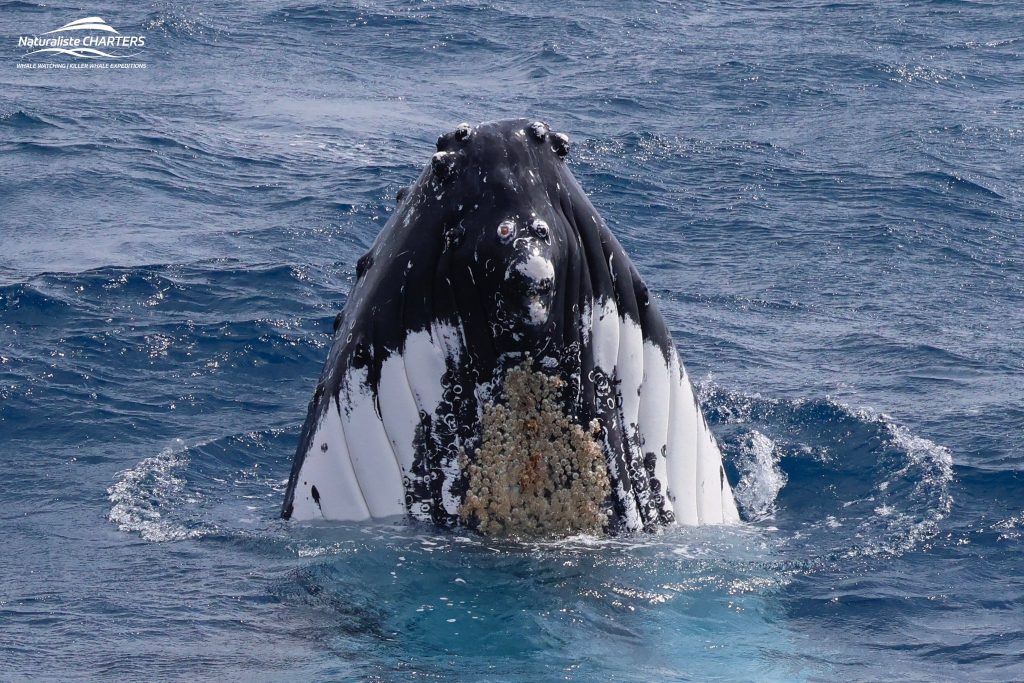
Which Whales Have Callosities?
True callosities are found only on right whales, members of the genus Eubalaena. These include the North Atlantic, North Pacific, and Southern right whales. Each species displays a similar arrangement of rough patches, but every whale’s pattern is unique. Scientists use these markings like fingerprints to track individuals and monitor populations worldwide. The stability of these patches throughout life makes them an essential feature for whale identification and conservation research across all oceans.
Other whale species, such as humpback and gray whales, often carry barnacles or whale lice. However, those growths are not callosities. Instead, they are external organisms attached to the skin’s surface. Unlike right whales, these species do not develop hardened skin structures beneath the barnacles. This difference makes callosities an exclusive trait of right whales, a distinctive adaptation that helps define their appearance and contributes to vital scientific research.
Where Are They Located?
Callosities grow in consistent areas, similar to where humans might have facial hair. They appear around the whale’s blowholes, above the eyes, and along the jawline. A large patch, known as the “bonnet,” often sits on the tip of the whale’s rostrum. These growths are rough and irregular, but they help researchers recognise individual whales, much like fingerprints help identify people. Their unique shapes and positions are vital for monitoring whale populations worldwide.
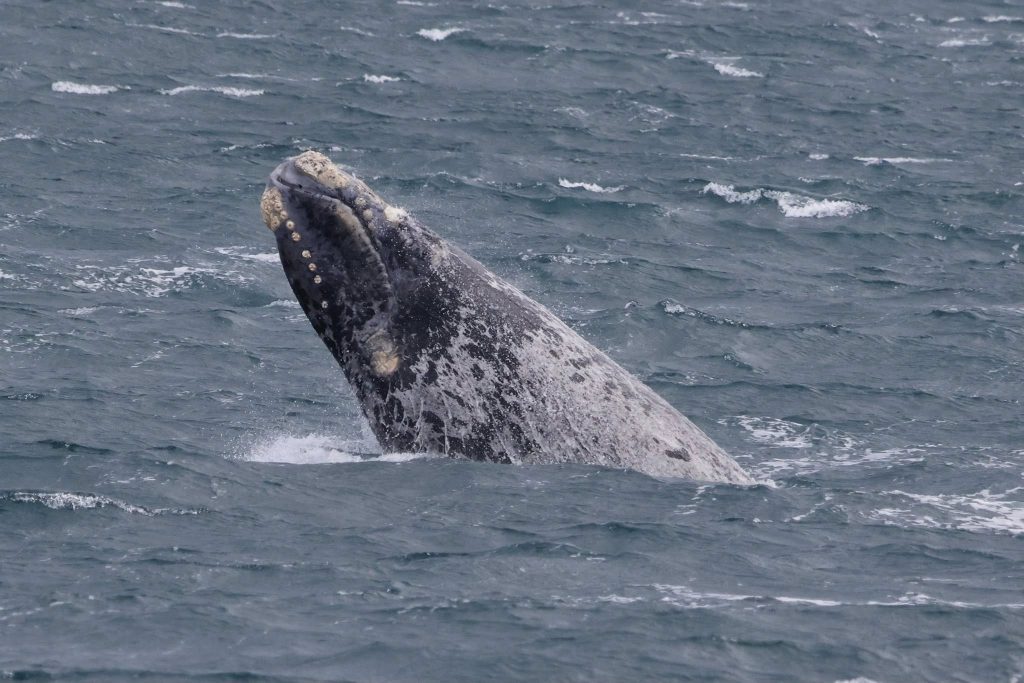
Who Lives on the Callosities?
The white or yellow colour seen on callosities comes from small crustaceans known as cyamids. Despite their nickname, whale lice are not insects but marine amphipods that cling tightly to the whale’s skin. They feed on dead skin cells and rely on their host for survival. Since cyamids cannot swim freely, they transfer through contact, usually during social or mating interactions. This fascinating relationship is generally harmless and highlights the complex connections between whales and other marine species.
Why Do Callosities Exist?
Scientists are still uncovering the purpose of callosities, though several theories exist. One idea suggests they protect whales from friction during social contact or mating. Another view proposes that callosities help deter parasites or predators. Some researchers believe they serve as visual signals for social or sexual recognition, especially since males often have denser patches. It is also possible they are simply a natural by-product of skin development, offering a convenient home for cyamids and other small organisms.
How Scientists Use Callosities for Research
Callosities are vital for conservation and research. Scientists photograph the unique callosity patterns to identify individual whales, allowing them to track movement, health, and breeding. This photo-identification technique helps researchers estimate population numbers and understand migration routes. Since these patches remain stable for life, they provide an accurate and ethical way to study whales without tagging or close interference. Over time, these images reveal vital insights into species survival and environmental impacts on whale behaviour.
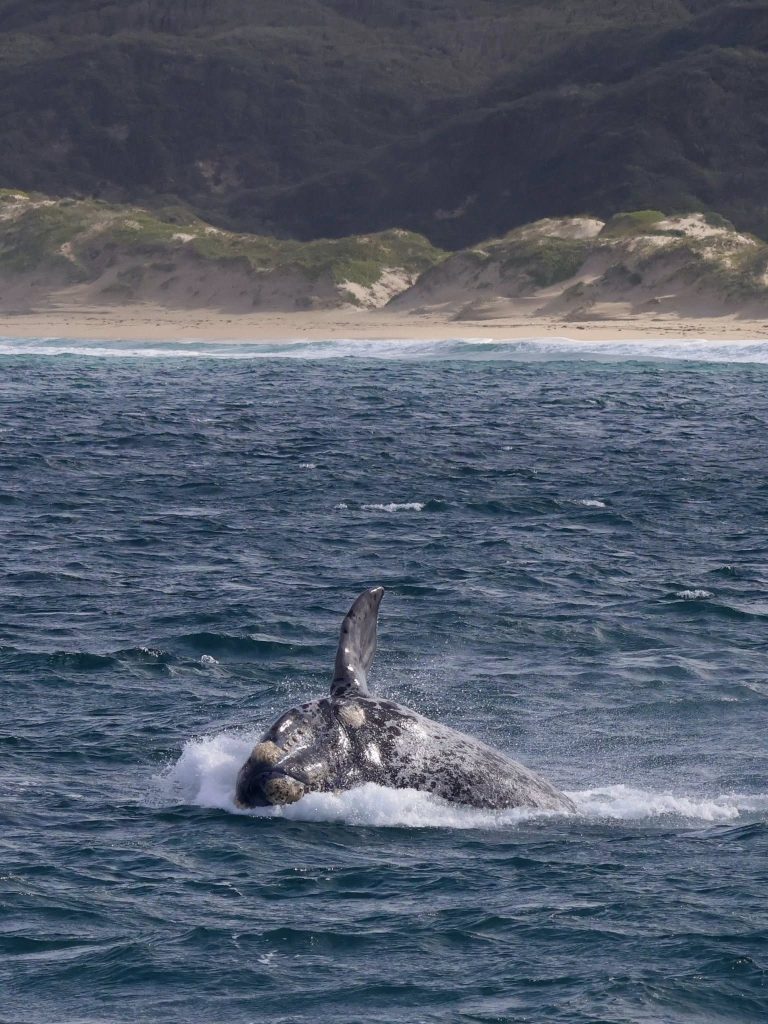
Interesting Whale Callosity Facts
Each whale’s callosity pattern is entirely unique, helping researchers monitor them for decades. Male right whales often have more extensive callosity coverage than females. Calves are born with smooth skin, and their callosities start developing during their first few months. The patches sometimes appear orange when young whales host a specific cyamid species. Even damaged or scarred callosities can regrow, creating new identifying marks. These features remind us that every whale carries its own visual identity beneath the waves.
Whale Callosities and the Future of Marine Science
Callosities continue to intrigue researchers and whale watchers alike. Their purpose may not be fully understood, but their importance in whale conservation is undeniable. As technology advances, scientists can use high-resolution photography and drones to study these features more closely. Each discovery brings us closer to understanding how whales adapt and survive. Ultimately, callosities remind us that even the smallest details on these ocean giants hold enormous clues about their lives and the ecosystems they depend on.
See Southern Right Whales in Dunsborough and Augusta
During winter and early spring, our whale watching tours in Augusta and Dunsborough offer the chance to see majestic Southern Right Whales up close. These gentle giants migrate to the sheltered bays along Western Australia’s coastline to mate, calve, and nurse their young. Their slow, graceful movements and close coastal approach make them a favourite among guests. You may also spot playful humpback whales and dolphins during the journey. Join Naturaliste Charters for an unforgettable experience and witness the remarkable Southern Right Whales that call our southern waters home. Tours depart daily from Augusta between late May and August, and from Dunsborough from August to November, following the whales as they continue their migration north through Geographe Bay.
